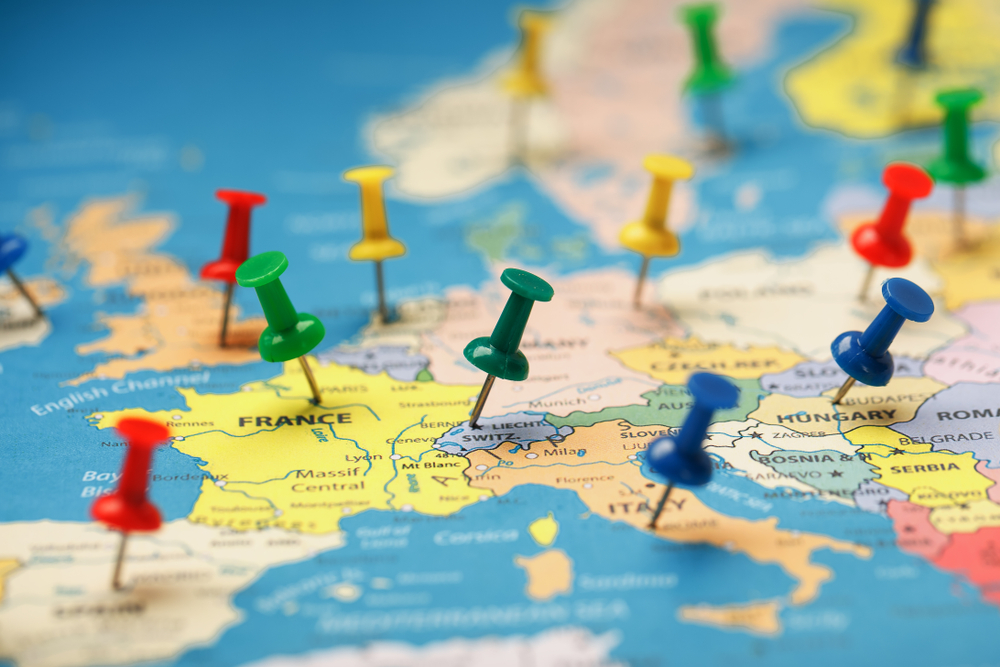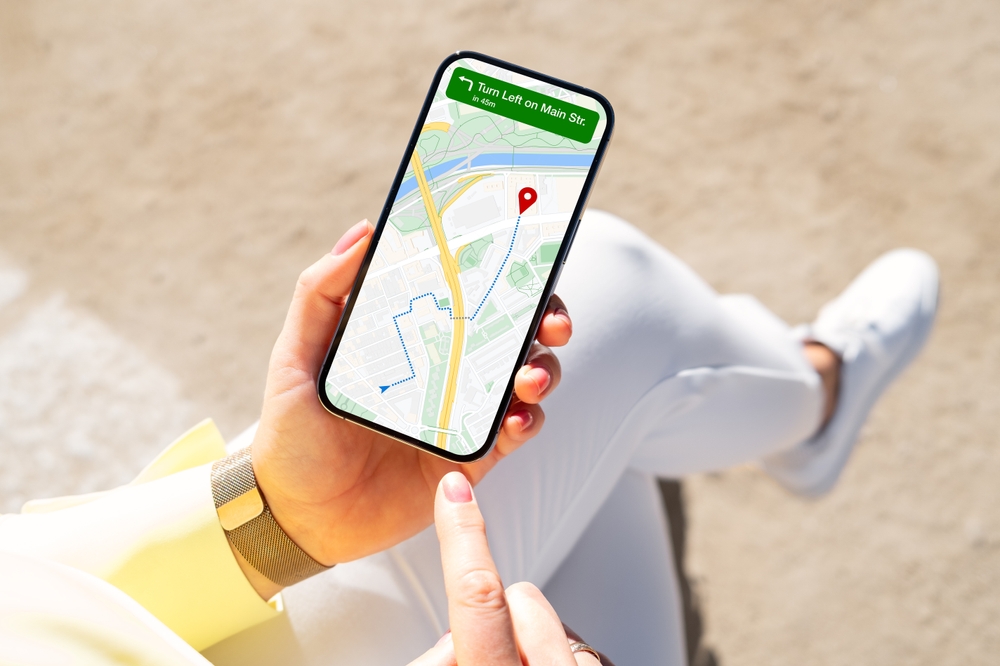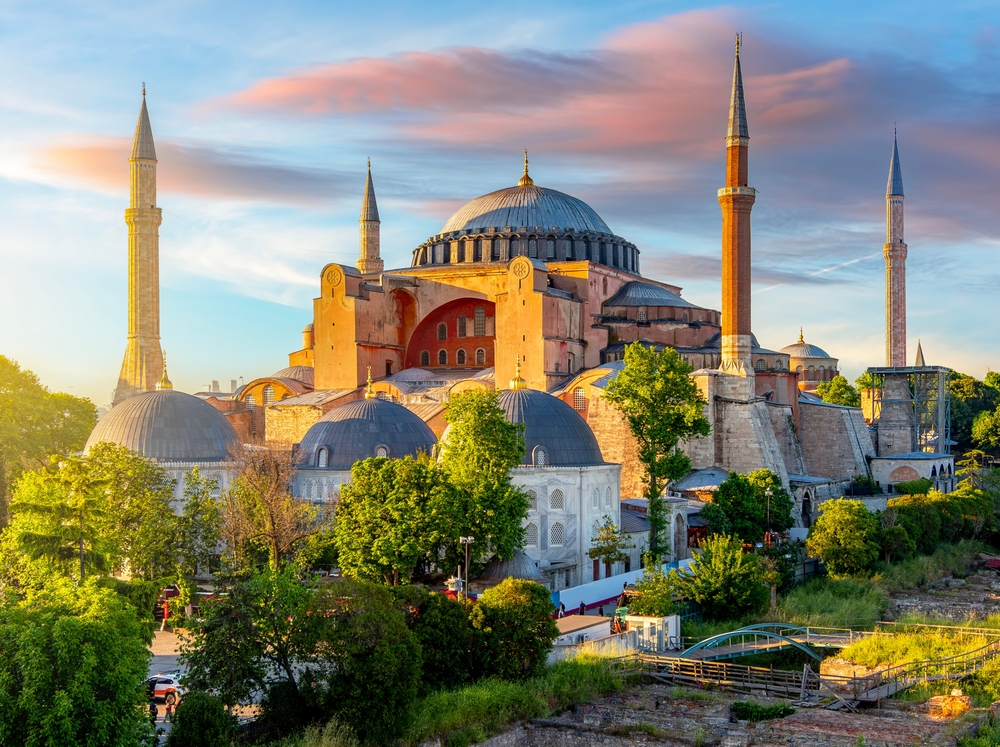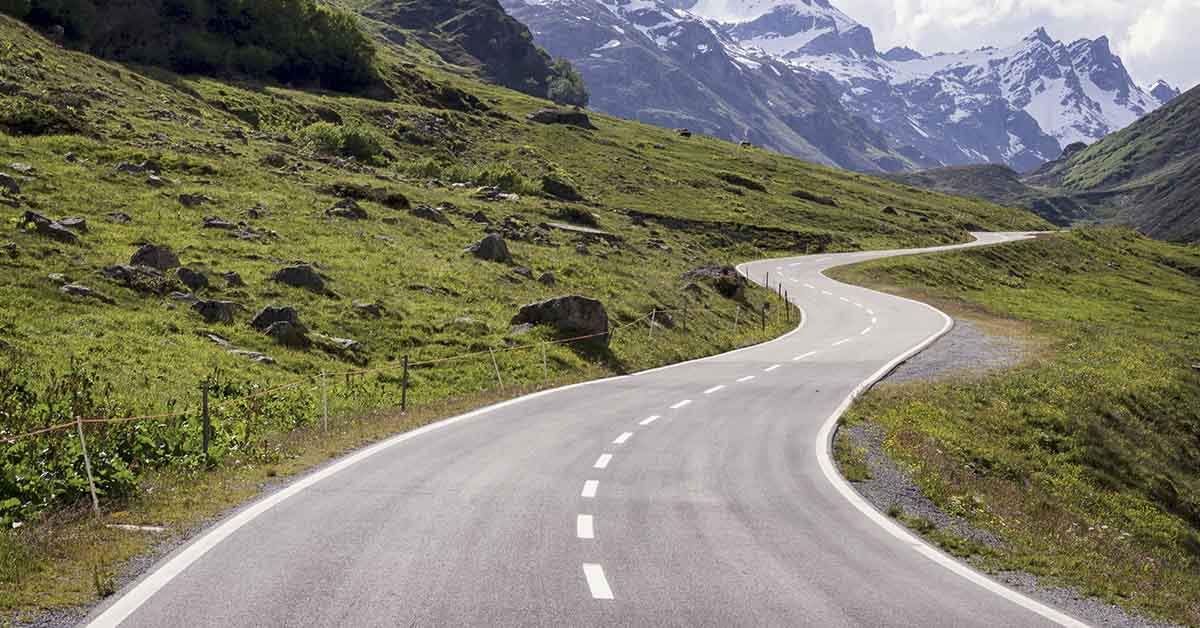Planning the best European road trip sounds like a dream, but one scientist turned it into a carefully calculated reality. Randy Olson, a data expert, used algorithms to map out the most efficient route across Europe. His goal? Maximize sightseeing while minimizing drive time. He crunched data from TripAdvisor’s top-rated landmarks and fed them into a route-optimization program. The result is a stunning loop through 45 must-see locations across the continent. It’s not just scenic-it’s smart. And for road trip lovers, this route offers the perfect blend of strategy and adventure.
A Science-Backed Route, Not Just a Guess

Most people plan road trips by eyeing a map or Googling tourist hotspots. Olson took a more analytical approach. He used the traveling salesman problem, a classic math puzzle, to find the shortest loop through multiple locations. Then, he programmed his computer to evaluate millions of route combinations. After much number-crunching, he produced the most efficient trip possible. It wasn’t about guesswork or gut feeling. It was about letting science handle the logistics so travelers could enjoy the journey more.
45 Stops Across 22 Countries

The final map includes 45 landmarks spread across 22 European countries. From famous cities to hidden gems, it covers a lot. The route avoids backtracking, which means less time in the car and more time exploring. You’ll pass through places like Venice, Vienna, and Amsterdam- all efficiently placed along the loop. The idea was to keep things practical and beautiful. It’s the kind of trip that could take a few months, but every stop is worth it. For anyone chasing the best European road trip, this list offers unbeatable variety.
Not Just for the Adventurous

This trip isn’t only for extreme backpackers or digital nomads. Olson designed it to be practical for regular travelers too. Whether you’re taking a few weeks off or breaking the journey into smaller parts, it works. The loop means you can start anywhere, which gives you freedom. People with full-time jobs, families, or budget limits can still enjoy parts of the journey. This flexibility makes the road trip even more appealing. It proves that anyone can experience a smarter, more organized version of European travel.
Read More: Don’t Get Turned Away: 5 Urgent Passport Tips for Traveling Families
How the Route Was Calculated

Randy Olson used a genetic algorithm to solve the complex traveling salesman problem for his road trip plan. This method approximates the shortest possible route through multiple destinations by simulating natural selection processes. He input 45 must-see European locations into the algorithm, which iteratively improved the route over successive generations. The algorithm aimed to minimize total driving distance and avoid backtracking, resulting in a 16,287-mile journey. Olson utilized Google Maps to obtain driving distances between each pair of locations, ensuring practical routing. The final itinerary offers an efficient loop through Europe, balancing travel time with sightseeing opportunities.
Countries Included in the Journey

The optimized road trip spans 22 countries, showcasing Europe’s diverse cultures and landscapes. Travelers would visit Austria, Germany, Croatia, Italy, Vatican City, Malta, Greece, Bulgaria, Turkey, Romania, Hungary, Czech Republic, Poland, Estonia, Finland, Sweden, Norway, Denmark, Netherlands, United Kingdom, Ireland, and France. Each country offers unique attractions, from historical landmarks to natural wonders. For instance, the route includes stops like the Colosseum in Rome, the Cliffs of Moher in Ireland, and the Jägala Waterfall in Estonia. This extensive itinerary provides a comprehensive European experience, appealing to a wide range of interests.
Highlights of the Route

The journey features a mix of iconic cities and lesser-known gems. Travelers would explore cultural hubs like Paris, Berlin, and Istanbul, as well as picturesque towns such as Sighisoara in Romania and Pag in Croatia. Natural attractions include the Amalfi Coast in Italy and Lapland in Finland. The route also encompasses unique sites like the ICEBAR in Sweden and the Rila Monastery in Bulgaria. This diverse selection ensures that the road trip offers a rich tapestry of experiences, from urban exploration to scenic retreats.
Ideal Timeframe for the Trip

This best European road trip covers over 16,000 miles, so it isn’t something you can rush through in a week. Randy Olson suggested spending at least three months on the journey to truly enjoy each location. That allows enough time to explore, rest, and adjust for unexpected changes. Some spots deserve more than just a quick stop, especially places rich in culture or nature. Planning your pace can make the experience more enjoyable and less exhausting. Whether you travel in one stretch or break it into sections, the goal is to make it memorable, not just efficient.
Read More: 20 Off-the-Radar Adventures Every Traveler Should Experience
Tips for Planning Your Own Road Trip

If you want to follow Olson’s route or create your own version, a few tips can help. Use mapping tools like Google Maps to plan mileage and stops. Make sure your travel documents are in order since you’ll cross multiple borders. Budget wisely to cover fuel, food, and unexpected costs. Be flexible, because not every day will go as planned. And most importantly, choose places that truly interest you. This road trip is about more than checking boxes- it’s about experiencing the best European road trip in your own way.
A Journey Worth Taking

The best European road trip mapped by Randy Olson is more than just a list of places. It’s a thoughtfully calculated adventure across a continent full of history, charm, and beauty. With 45 iconic stops and 22 countries, it promises unforgettable experiences for those willing to hit the road. Whether you follow the route exactly or use it as inspiration, it shows how data and travel can create something magical. Pack your bags, plan your route, and get ready for a journey that may just be the trip of a lifetime.
Disclaimer: This article was created with AI assistance and edited by a human for accuracy and clarity.

